|
Introduction Finding moments of peace and tranquillity can be challenging in a world where life seems to be constantly accelerating. This is where mindful arts and crafts practice emerges as a beacon of serenity and self-expression. Rooted in the principles of mindfulness, these activities offer a unique blend of creativity and meditative focus, providing a therapeutic escape from the stresses of daily life. What is Mindfulness in Arts and Crafts? At its core, mindfulness is about being fully present in the moment and aware of our thoughts and feelings without distraction or judgment. This approach transforms simple creative activities into powerful mental well-being and self-discovery tools when applied to arts and crafts. Deepening the Connection with the Self When engaging in mindful arts and crafts, the individual becomes deeply connected with their inner self. This connection fosters a heightened awareness of personal thoughts, emotions, and body sensations. As one paints, draws, or crafts, they become more attuned to their inner emotional states, often leading to insights and revelations about themselves that might otherwise remain unexplored. The Art of Mindful Observation Mindful arts and crafts teach the art of observation. Practitioners learn to observe their creative choices – the colours, textures, and forms they are drawn to – and reflect on what these choices reveal about their current state of mind. This reflection can be a powerful tool for self-understanding and emotional healing. Transforming Thoughts and Emotions into Art This approach allows individuals to channel their thoughts and emotions into something tangible. It’s a form of non-verbal communication with oneself, where emotions that are difficult to express in words find a voice through art. This process can be incredibly liberating and therapeutic, particularly for those dealing with stress, anxiety, or emotional blockages. The Meditative Quality of Creative Flow Arts and crafts, when performed mindfully, can lead to a state of 'flow' – a term coined by psychologist Mihaly Csikszentmihalyi. In this state, individuals become so immersed in their activity that they lose track of time and are entirely absorbed in the moment. This flow state has been linked to increased happiness, lower stress levels, and a sense of profound fulfilment. Fostering Mindfulness Skills Regular mindful arts and crafts practice can cultivate critical mindfulness skills such as concentration, attention to detail, and patience. As one becomes more practised in focusing on the task at hand, these skills can transfer to other areas of life, improving overall mental focus and clarity. The Role of Acceptance and Non-Judgment A critical aspect of mindfulness in arts and crafts is the practice of acceptance and non-judgment. This means accepting one's creative process as it is, without self-criticism or striving for perfection. It encourages embracing mistakes as part of the learning and growing process, fostering a kinder, more compassionate attitude towards oneself. In conclusion, mindfulness in arts and crafts is not just about creating art; it's a holistic practice that nurtures mental, emotional, and sometimes even spiritual well-being. It's an opportunity to connect deeply with oneself, express emotions creatively, and develop a mindful approach to life, one brushstroke at a time.
0 Comments
I binge-watched the documentary series in two evenings. It was a captivating journey into the lives of centenarians from around the world, and it left me inspired and filled with a profound appreciation for the joys of life. In "Live to 100: Secrets of the Blue Zones," I had the privilege of experiencing individuals who have not only crossed the remarkable milestone of 100 years but are also thriving in ways that defy conventional wisdom.
What struck me the most was that these centenarians were not confined to impersonal elderly care facilities but were surrounded by the warmth of their families and communities. In a world where we often find ourselves swept away by the currents of modernity, witnessing the unwavering devotion of these remarkable individuals to their friends and communities was nothing short of heartwarming. The documentary provided a unique window into the lives of these beautiful souls who have generously mastered the art of living and shared their wisdom. It was a journey that enriched and enlightened me, and I wholeheartedly urge you to experience it on Netflix. In this article, we'll delve into the profound lessons and insights from the Blue Zones, where centenarians thrive and defy the norms of ageing. These remarkable individuals have unlocked the secrets to longevity, and their wisdom can inspire us all to lead healthier, more fulfilling lives. Let's embark on this extraordinary journey together. Have you ever wondered what it takes to live a long and fulfilling life? The Netflix documentary "Live to 100: Secrets of the Blue Zones" by Dan Buettner explores this question by taking us on a global journey to regions where people consistently live past 100 years. These areas, known as Blue Zones, include Okinawa, Japan; Ikaria, Greece; Sardinia, Italy; Nicoya, Costa Rica; and Loma Linda, California. What being a mother has taught me or "The Mother's Skill Set: A Valuable Asset in the Workforce"9/14/2023 As a mother, you've honed a remarkable set of skills that are not only vital in managing a household but can also be seamlessly translated into the professional world. Let's explore how the essential skills you've acquired through the challenges of motherhood can become invaluable assets in the workforce.
Time Management: Successfully balanced the responsibilities of raising children, managing a household, and supporting a spouse while meeting deadlines and commitments. In the corporate world, time is money. Your ability to juggle the diverse demands of family life while meeting deadlines and commitments equips you with exceptional time management skills. Employers highly value individuals who can optimally allocate their time to achieve maximum productivity. Organisational Skills: Efficiently coordinated various tasks and schedules, ensuring the smooth running of the household and family activities. Organisational prowess is an essential trait in any job. Your experience in orchestrating family schedules and tasks demonstrates your capability to streamline processes and ensure organisational efficiency. Problem-Solving: Developed strong problem-solving abilities by addressing challenges and conflicts within the family dynamic. Introduction For years, I struggled with the pressure of choosing a "calling," a one-dimensional career path that society seemed to dictate. Like many of you, I’ve been given the curiosity of interests across various fields—writing, digital design, health and nutrition —and settling for just one felt like tearing pages out of a book and reading only a fragment. Then, I stumbled upon the term "multipotentialite," it was like someone had finally switched on the light. The First Signs Growing up, I was that kid who wanted to be a chef one day and an interior designer the next. The world was my playground, filled with endless curiosities that beckoned to be explored. While others seemed to focus on specialised interests, I found myself diving into books about crafts, science, adventure, and even cookbooks. Facing Societal Expectations However, childhood freedom soon gave way to societal expectations in adulthood. Everywhere I looked, people seemed to be narrowing their focus, diving deep into their chosen professions, and labelling themselves with singular identities. "I'm a lawyer," "I'm a teacher," "I'm an engineer," they would say. Amidst all this, I felt like an outsider—a Jack-of-all-trades but master of none. The ‘Aha!’ Moment It wasn't until I read an article about multipotentiality that I found my tribe. There were people like me—curious, passionate, and unwilling to confine themselves to a singular pursuit. Discovering this concept was a revelation. It gave me the framework to weave my diverse interests into something meaningful and uniquely mine. It was like finding a name for a phenomenon I had experienced but couldn't articulate. I wasn’t scattered or indecisive; I was a multipotentialite, a SkillWeaver. The Rise of the SkillWeaver Becoming aware of my multipotentialite nature led to the concept of SkillWeaving—a dynamic way to interlace multiple skills, passions, and interests into an integrated tapestry. This realisation helped me not only accept but also celebrate my diverse interests. I could be a writer who utilises technological tools to tell stories, a nutrition specialist who integrates the arts to communicate wellness, and more. The Journey Ahead Life as a SkillWeaver is an exhilarating journey of perpetual learning and unlearning. It’s about understanding that you don’t have to be just one thing; you can be many, all at once. It's a journey where your talents don't compete; they collaborate. Where your skills don't stifle each other, they amplify. Conclusion Discovering my multipotentialite nature was like an awakening. It empowered me to step out of societal constructs and embrace the multiplicity that has always been my authentic self. If you're tired of trying to fit into boxes, labels, or confined career paths, maybe it's time for your own awakening. Maybe it’s time for you to discover the SkillWeaver within. About the Author
Monika Baechler, a SkillWeaver, writer, artist and nutrition specialist. I'm passionate about helping others discover their inner SkillWeaver and explore the exciting landscapes of their diverse talents.
Overall, "The Book of Five Rings" emphasizes the importance of flexibility, adaptability, and a clear, focused mind in combat and life. Furthermore, it stresses the importance of understanding and mastering martial arts principles and applying them to all areas of life. Musashi's ideas are based on his experience and observation rather than on traditional teachings or theoretical concepts and emphasize the importance of constantly striving to improve one's skills and understanding.
Video to this Post!
Chapter 1: Introduction In the introduction, Musashi explains his warrior background and reasons for writing the book. He emphasizes that his ideas are based on his experience and observation rather than traditional teachings or theoretical concepts. Musashi also stresses the importance of constantly striving to improve one's skills and understanding rather than becoming complacent or overconfident. Chapter 2: The Ground Book The Ground Book emphasizes the importance of understanding the terrain and adapting one's tactics to the environment. Musashi emphasizes that different terrains require different strategies and that a skilled warrior must be able to adapt to any situation. He also stresses the importance of using the terrain to one's advantage rather than fighting against it. Chapter 3: The Water Book The Water Book uses water as a metaphor to focus on the principles of fluidity and adaptability in combat. Musashi emphasizes the importance of adapting to changing circumstances and using one's opponent's movements and energy to one's advantage. He also stresses the importance of remaining calm and fluid in the face of an opponent's attacks rather than becoming rigid or predictable. Chapter 4: The Fire Book The Fire Book discusses the importance of timing and taking the initiative in battle, using fire as a metaphor. Musashi emphasizes anticipating one's opponent's movements and taking action at the right moment. He also stresses the importance of being fully committed and unafraid of death in combat. Chapter 5: The Wind Book The Wind Book uses wind as a metaphor to explain the concept of "emptiness" and the importance of remaining calm and clear-minded in combat. Musashi emphasizes the importance of not becoming attached to one's ego or emotions but remaining clear and focused in the face of an opponent's attacks. He also stresses the importance of understanding the patterns and rhythms of combat and using this knowledge to gain an advantage. Chapter 6: The Book of the Void The Book of the Void discusses the ultimate goal of martial arts, which is to achieve a state of perfect harmony with the universe. Musashi emphasizes the importance of letting go of one's ego and desires and becoming one with the universe's flow. He also stresses the importance of constantly striving to improve one's skills and understanding rather than becoming complacent or overconfident. 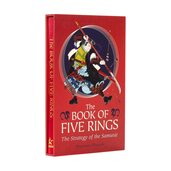
There are many essential quotes and ideas to take away from "The Book of Five Rings" by Miyamoto Musashi. Here are a few key ones:
"Perceive that which cannot be seen with the eye." This quote from the Ground Book emphasizes the importance of understanding and adapting to the environment, even if one cannot see every detail. "When your spirit is not in the least clouded, when the clouds of bewilderment clear away, there is the true void." This quote from the Book of the Void emphasizes the importance of a clear, focused mind in martial arts and life. "To win any battle, you must fight as if you are already dead." This quote from the Ground Book emphasizes the importance of being fully committed and unafraid of death in combat. "If you know the way broadly, you will see it in everything." This quote from the Water Book emphasizes the importance of understanding martial arts principles and applying them to all areas of life. "The important thing in strategy is to suppress the enemy's useful actions but allow his useless actions." This quote from the Fire Book emphasizes the importance of timing and taking the initiative in combat.
Overall, "The Book of Five Rings" teaches the importance of flexibility, adaptability, and a clear, focused mind in combat and life. It emphasizes the importance of understanding and mastering martial arts principles and applying them to all areas of life.
Hope you enjoyed this summary. Much love
Mona For those who aren't familiar with Gratitude, the feeling of gratitude is a deep appreciation for all that we have in life. It's not just about counting your blessings but also meaningfully and sincerely appreciating them. For example, one person can be grateful for having a roof over their head, while another might be grateful they can eat three meals daily.
Gratitude has been shown to benefit our physical health and mental well-being. In addition, studies show that practising gratitude can lower stress levels, improve sleep quality and strengthen relationships with others. In this article, you'll learn about gratitude's science and how it can improve your life! What is gratitudeGratitude is a positive emotion we feel when focusing on the good things in our lives. It's not about focusing on what you don't have but appreciating what you do. Gratitude can be practised in many ways and every day, even if it only takes a few seconds to pause and reflect on all the great things in your life. When we practice gratitude, we live happier lives because we feel more satisfied with our current situation. How to practice gratitudeThe best way to practice gratitude is by keeping a gratitude journal. This can be done in several ways, like writing down your grateful thoughts on paper or typing them up and saving them as a text document. Alternatively, you can use an app like [the Gratitude App], which allows you to record your experiences and emotions over time in the form of photos and videos. Having a gratitude journal allows you to reflect on what makes you happy - whether it be a memory from the past or something extraordinary happening right now! Here are some other ways that I've found helpful in maintaining my sense of gratitude:
Conclusion I hope this article has helped you learn more about what it means to be grateful. Gratitude is a powerful tool that can change your life, but only if you practice it. So what are you waiting for? Get started right now! According to Harvard University, gratitude is strongly and consistently associated with greater happiness in positive psychology research. Gratitude helps people feel more positive emotions, relish good experiences, improve their health, deal with adversity, and build strong relationships. Mona M. Bee Being happy is a choice.
You can decide how your day will go every minute of the day. You can choose to be sad and depressed, or you can choose to get up out of bed and say, "today is going to be a great day!" It's common to wake up in the morning feeling unmotivated, but that doesn't mean anything. Your life isn't as bad as you think; you're in a warm bed. So get up, grab that coffee (or tea) and start your day by making choices that will make you happy! It's important to remember that you can choose how you feel about anything at any time. So if you're feeling down, it's time to start making positive choices like "I'm going to be happy." Or even better, have something positive to say about someone else or compliment them. There are many ways to choose happiness every day. For example, you can choose not to let other people's actions affect your mood or behaviour. You can choose things that make you happy instead of just doing what others want. You can focus on the positive instead of the negative. And you can be grateful for what you have instead of dwelling on what you don't have. Getting angry and wasting energy doesn't do anything but make you unhappy. Anger is a negative emotion that doesn't solve anything and can lead to regret. Instead of getting angry, try to be patient with yourself and others. It's not about what happens in your life that makes you happy, but how you react to it. Baby steps are a great way to get started on the road to happiness. Keep learning how to be happier every day. You can do it! It Where do you start? One way to start becoming happier is to focus on the things you are grateful for. So every day, take a few minutes to think about the things that make you happy or bring you joy. This could be your family, friends, pets, hobbies, or anything else that brings you happiness. By focusing on the positive aspects of your life, you can shift your perspective and start seeing the good in your life. Another way to start becoming happier is to take care of yourself. This means ensuring you get enough sleep, eat well, exercise, and take time for yourself. When you are well-rested and nourished, you will have more energy and a better mood. Exercise, in particular, has been shown to positively affect mood and can help reduce stress and anxiety. Self-care melts into Self-Love. Finally, try to surround yourself with positive, supportive people. Spend time with friends and family who lift you up and make you happy. Avoid negative people or situations that bring you down. By focusing on the positive and surrounding yourself with supportive people, you can become happier. Mona M. Bee |
AuthorMona is a versatile writer with experience in both fiction and non-fiction. She deeply loves the written word and is always seeking new and exciting ways to explore the human experience through her writing. Archives
January 2024
Categories
All
|

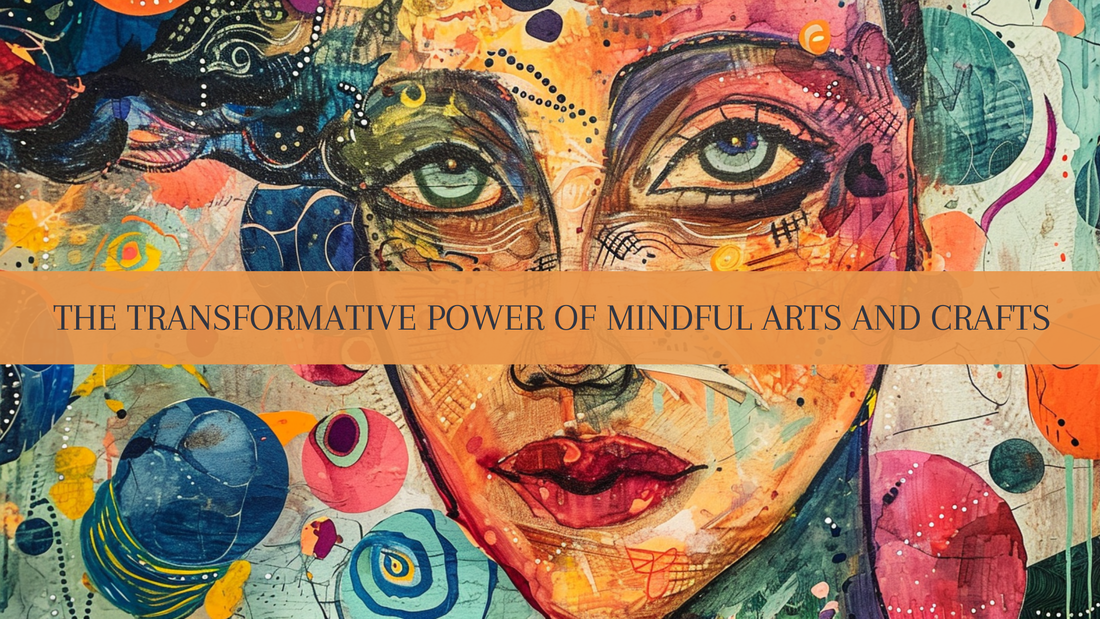
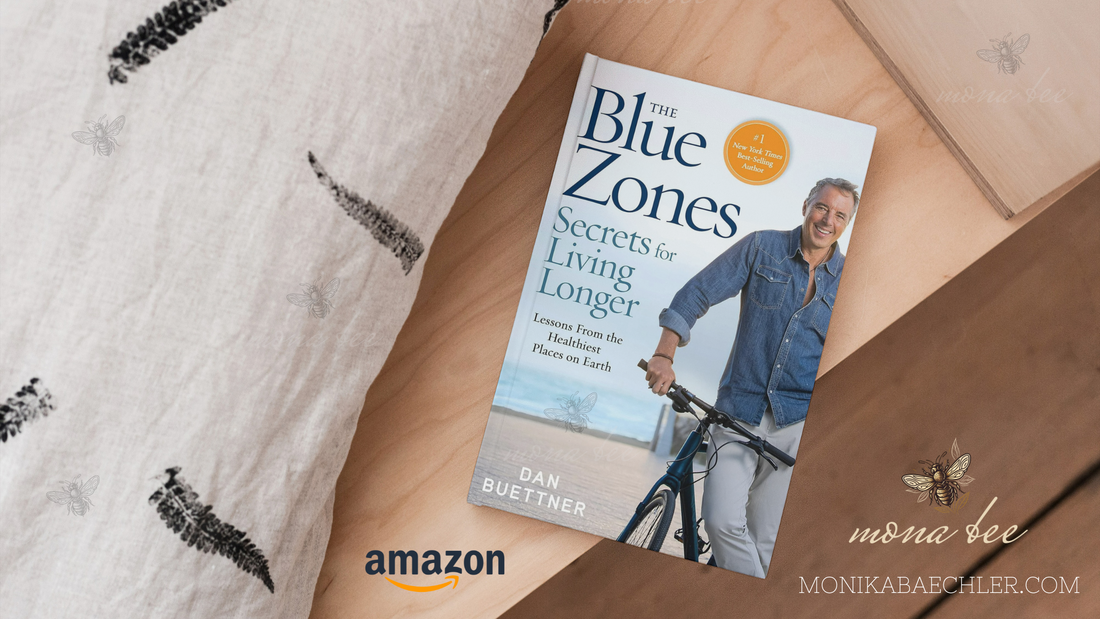
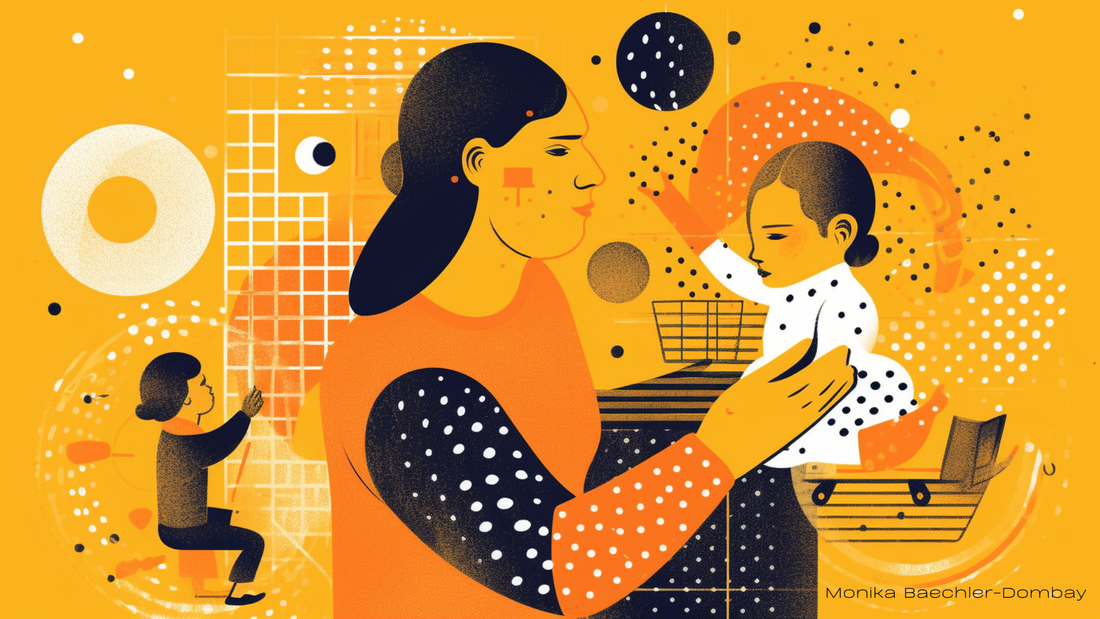
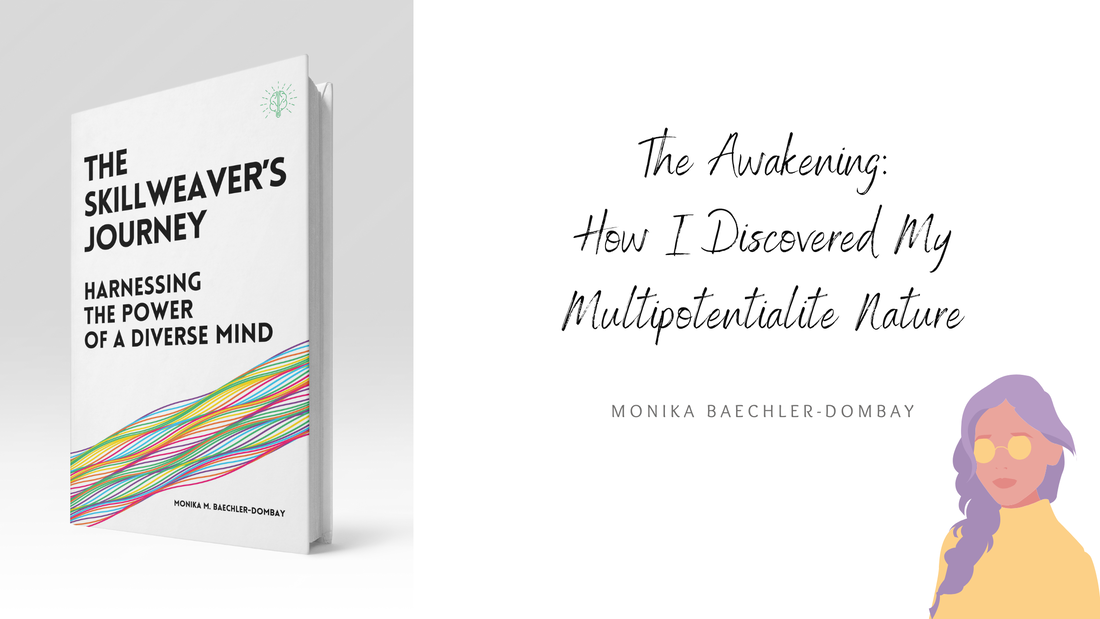
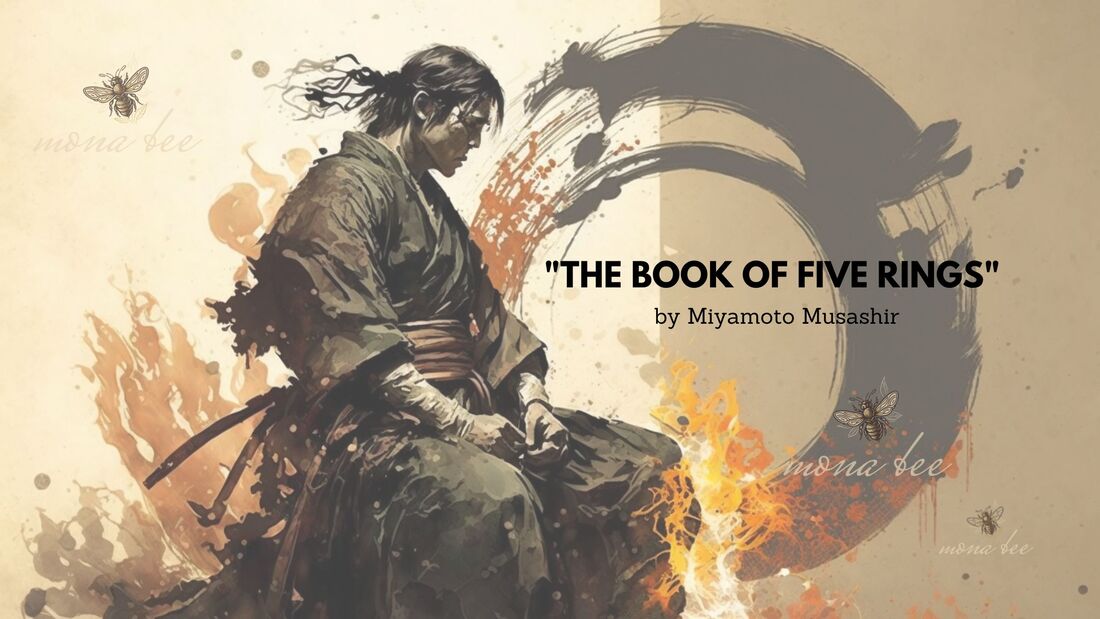
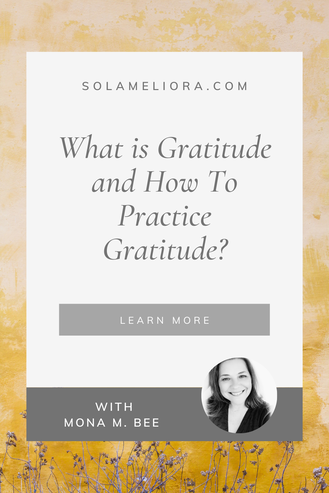
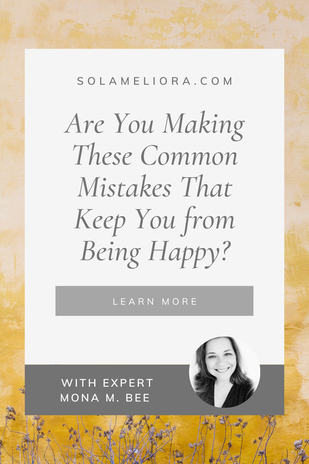
 RSS Feed
RSS Feed